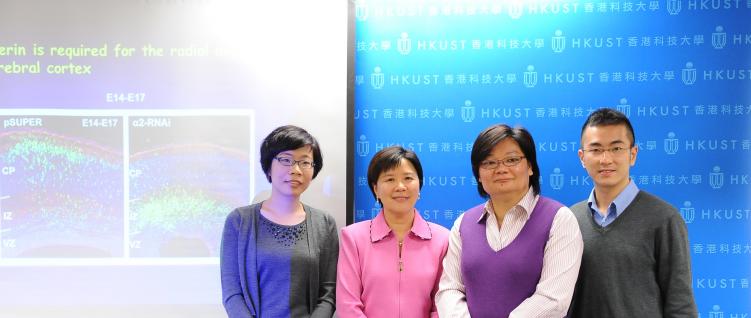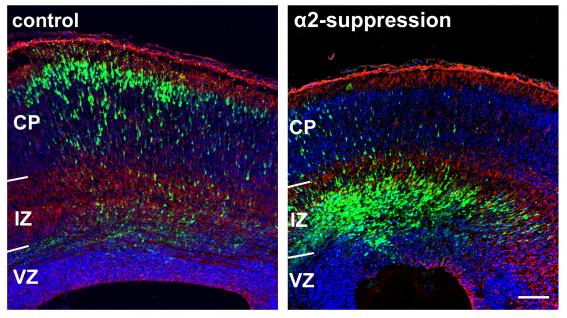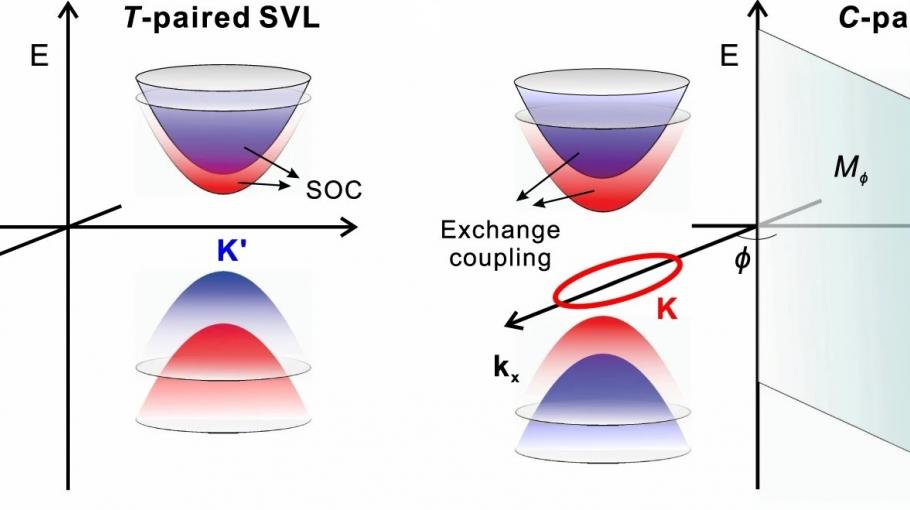The Hong Kong University of Science and Technology (HKUST) has achieved yet another milestone in molecular neuroscience research. Prof Nancy Ip, Dean of Science and Director of the State Key Laboratory of Molecular Neuroscience at HKUST, and her research team have made breakthrough discoveries in signaling mechanisms in brain development that have far-reaching implications for biomedicine.
These groundbreaking discoveries by Prof Ip and her research team have been published in Nature Neuroscience, a prestigious journal in neuroscience.
The brain is the most complex organ in our body. During development, it is critical that new brain cells migrate to a specific location at the right time. Disturbances of this process are among the most common causes of cortical malformation disorders and are associated with neuropsychiatric diseases such as schizophrenia and autism. However, the molecular mechanisms by which disruptions of early brain development result in neurological disorders are poorly understood.
Prof Nancy Ip and her team have successfully identified a cellular protein α2-chimaerin as a key regulator of neuronal migration and brain function. Using a cutting-edge technique known as in utero electroporation, they demonstrate that suppressing α2-chimaerin expression in the embryonic cerebral cortex arrests neuronal migration, resulting in the accumulation of migrating neurons at an erroneous area of the brain. Remarkably, mice with genetic depletion of α2-chimaerin exhibit spontaneous epileptic seizure behavior, underscoring a crucial function of α2-chimaerin in the development and functioning of the brain.
These exciting findings suggest that disrupting neuronal migration results in aberrant wiring of the neural circuit and subsequently epileptic seizures. Since many neuropsychiatric diseases are associated with problems in neuronal migration in the brain and seizures, the findings on α2-chimaerin by Prof Ip and her team now provide a new avenue for understanding the disease mechanisms and developing therapies to treat disease-related effects.
Prof Nancy Ip joined HKUST in 1993 and rose through the ranks to become Chair Professor in 2005. In February 2011, HKUST appointed her as Dean of Science. Prof Ip’s outstanding scientific accomplishments have won her numerous awards and honors including the Croucher Foundation Senior Research Fellowship in 1998, the National Natural Science Award in 2003, the L’OREAL-UNESCO For Women in Science’ Award in 2004, the Scientific and Technological Progress Prize of Ho Leung Ho Lee Foundation in 2008, and more recently, the honor of Knight of l’Ordre National du Mérite bestowed by the French President Nicolas Sarkozy. Furthermore, she is an Academician of the Chinese Academy of Sciences and a Fellow of the Academy of Sciences for the Developing World.
For media enquiries, please feel free to contact :
Mavis Wong
Tel: 2358 6306
Email:maviswong@ust.hk





